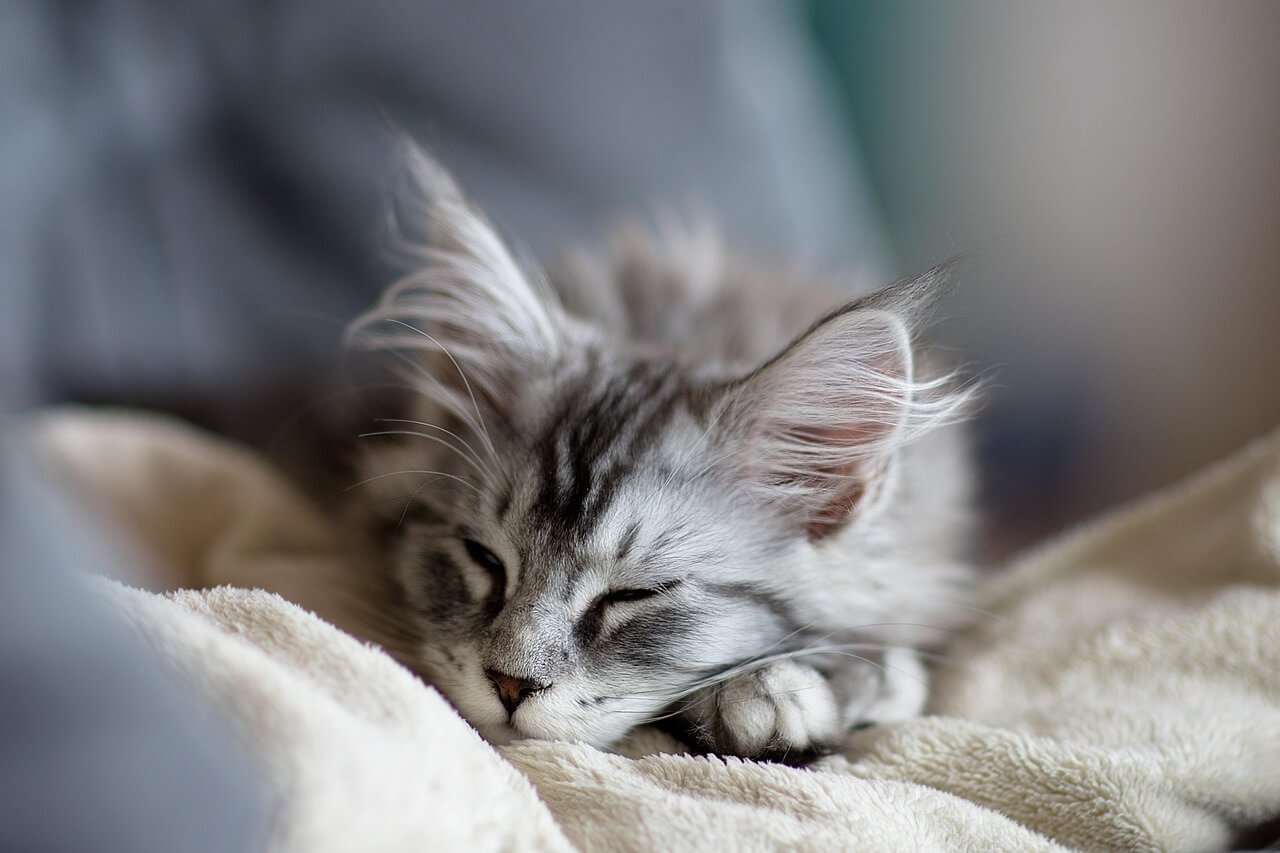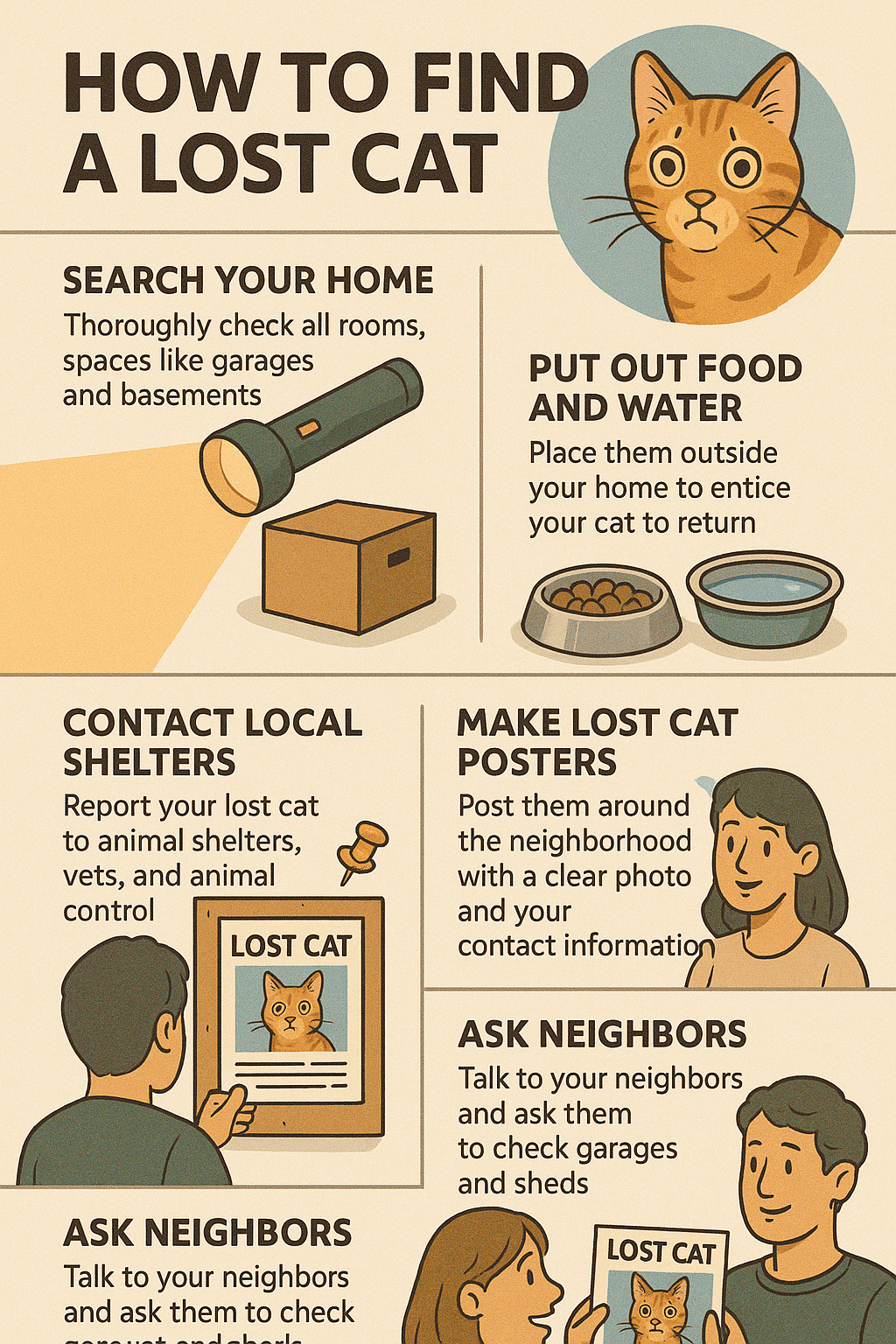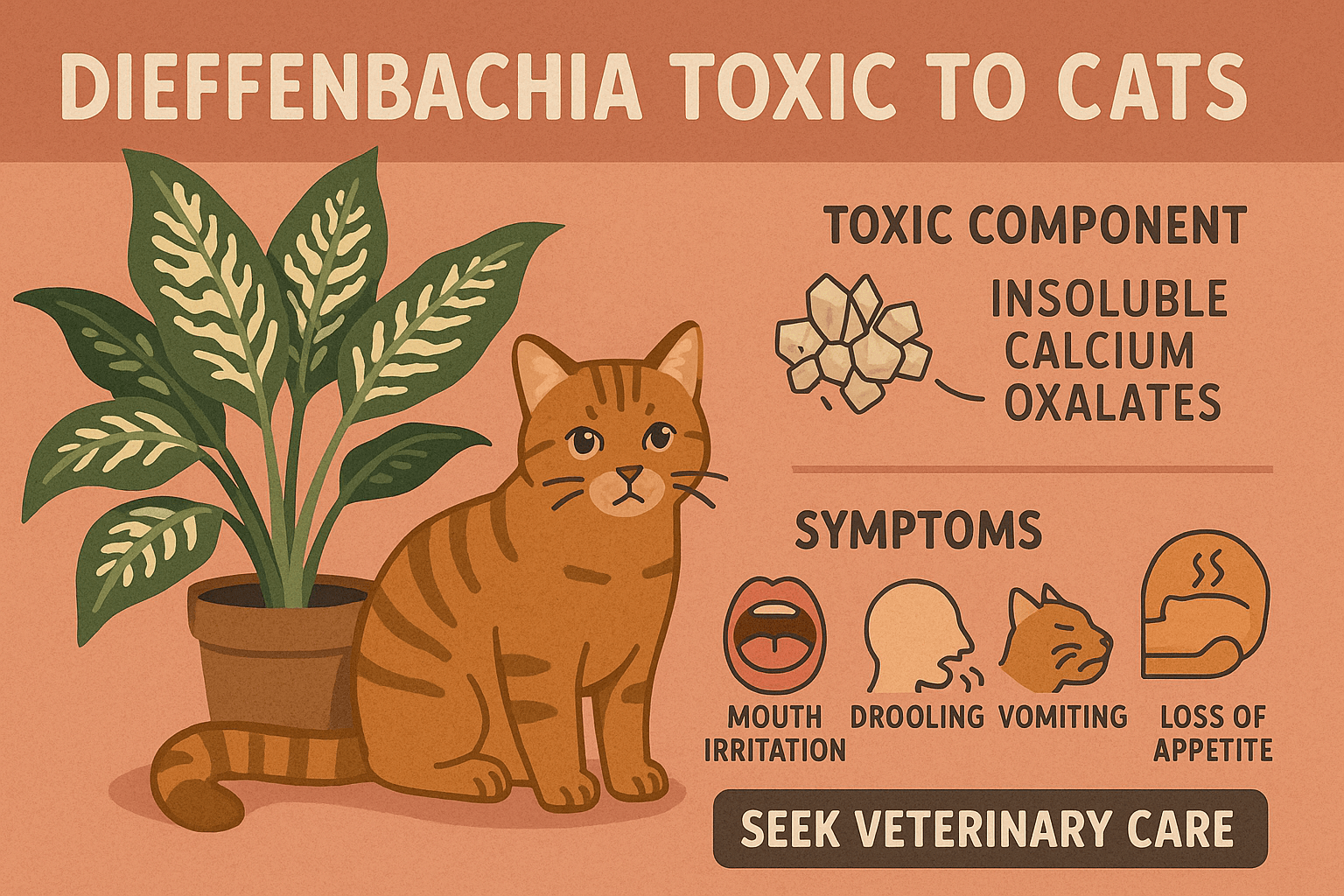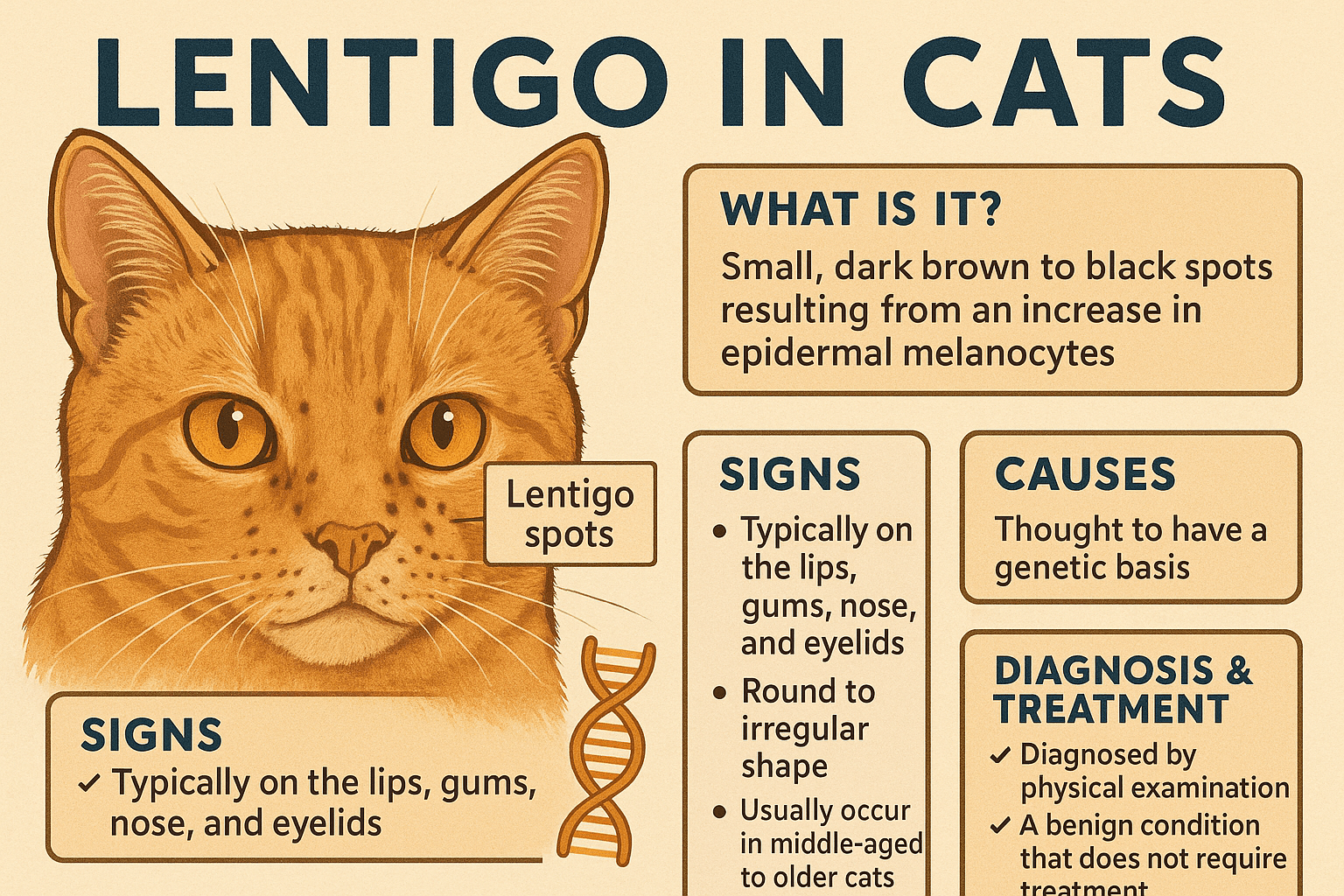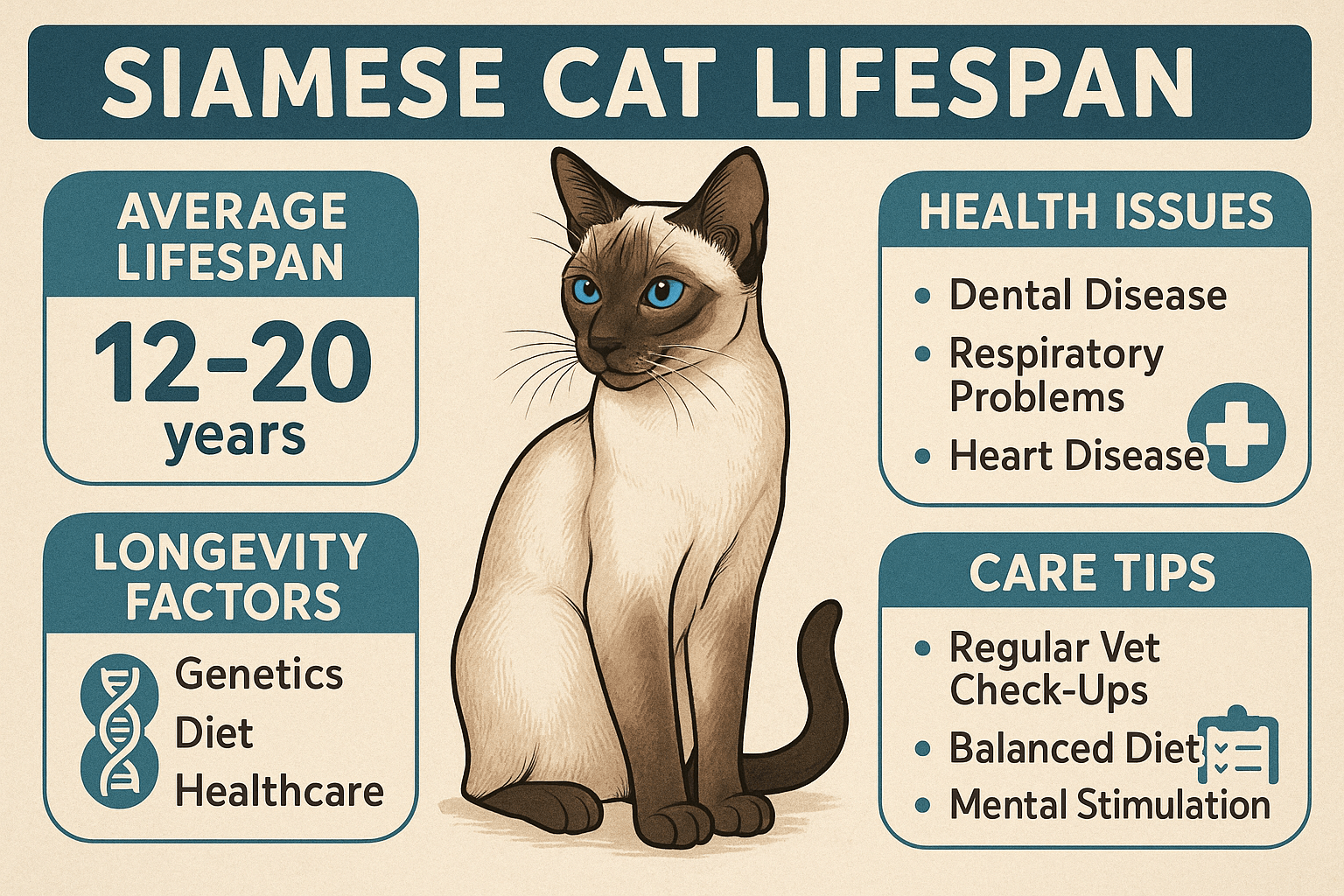Understanding Cat Behavior After a Vet Visit: What to Expect and How to Help
Taking your cat to the vet is an essential part of keeping them healthy, but it can be a stressful experience for both you and your feline friend. After the visit, you may notice changes in your cat’s behavior that leave you wondering what’s going on. From hiding to acting unusually clingy, these behaviors are common and often temporary. In this blog post, we’ll explore why cats behave differently after a vet visit, how to interpret their actions, and what you can do to help them feel safe and comfortable again. Understanding cat behavior after a vet visit will not only strengthen your bond but also ensure your cat recovers quickly from the experience.
Common Cat Behaviors After a Vet Visit
After a trip to the vet, many cats exhibit noticeable changes in their behavior. These reactions are typically their way of coping with the stress or unfamiliar sensations they’ve experienced. Here’s a list of common behaviors you might observe.
Hiding:
Cats often retreat to quiet, secluded spaces to feel safe after a stressful event like a vet visit.Increased Vocalization:
Some cats may meow more than usual, expressing their discomfort or seeking reassurance from you.Aggression:
A stressed cat might hiss, growl, or even swipe at you if they feel threatened or overwhelmed.Changes in Appetite:
Stress can cause a temporary loss of appetite or, in some cases, overeating as a form of comfort.Excessive Grooming:
Cats may groom themselves more frequently to self-soothe and regain a sense of normalcy.
These behaviors are typically short-lived and should subside as your cat adjusts back to their routine. However, if they persist, it may indicate an underlying issue that requires attention.
Why Do Cats Act Differently After a Vet Visit?
Cats are creatures of habit, and a trip to the vet disrupts their usual environment and routine. Understanding the reasons behind their behavior can help you respond appropriately and provide the support they need.
Stress from Travel:
The car ride to the vet can be unsettling for cats, especially if they’re not used to traveling.Unfamiliar Scents:
Cats rely heavily on scent, and the vet’s office introduces new smells that can make them feel uneasy.Physical Discomfort:
Vaccinations, treatments, or examinations can leave your cat feeling sore or tired.Fear of Handling:
Being handled by strangers during the visit can make cats feel vulnerable and defensive.Disruption of Routine:
Even small changes in their daily schedule can upset sensitive cats and lead to behavioral shifts.
Recognizing these triggers can help you empathize with your cat and take steps to minimize their stress in the future. Patience and understanding go a long way in helping them recover.
Check this guide 👉How to Calm a Cat Before the Vet: Best 7 Expert Tips!
Check this guide 👉Can I Take a Stray Cat to the Vet for Free? Best 7 Tips!
Check this guide 👉Cat Antibiotics Without Veterinary Guidance: Best 7 Tips!
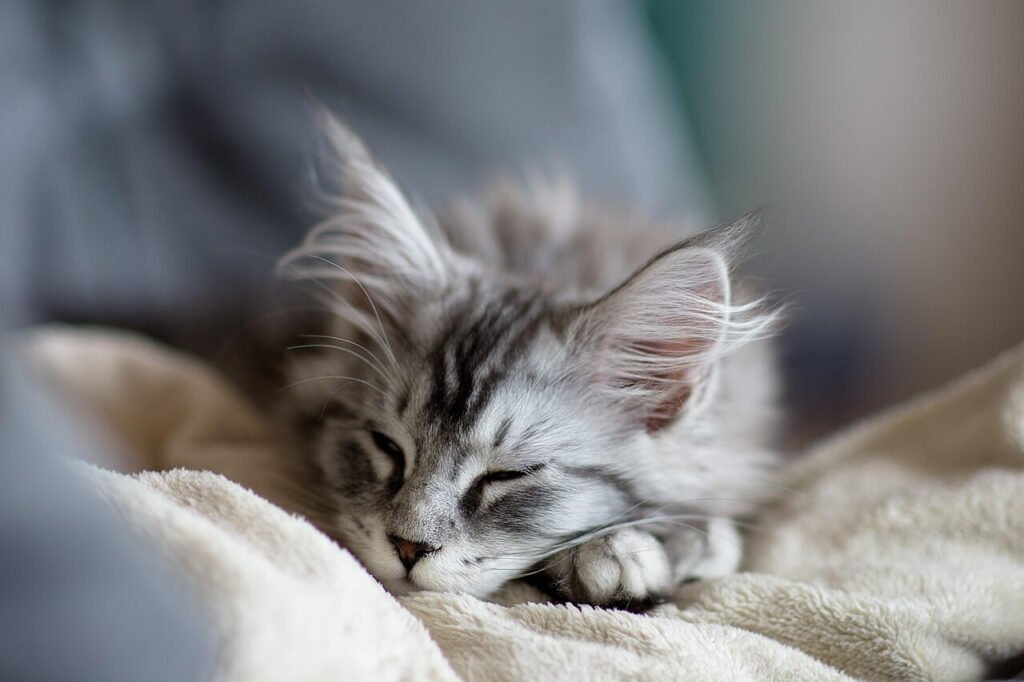
Signs of Stress in Cats | How to Help Your Cat Cope |
|---|---|
Hiding in secluded areas | Provide a cozy, quiet space for them to retreat. |
Loss of appetite | Offer their favorite treats or wet food to encourage eating. |
Excessive grooming | Distract them with interactive toys or playtime. |
Aggressive behavior | Avoid forcing interaction; give them space to calm down. |
Increased vocalization | Speak softly and offer gentle reassurance to comfort them. |
Tips to Make Post-Vet Recovery Easier for Your Cat
Helping your cat recover from the stress of a vet visit involves creating a calming environment and addressing their needs. Here are some tips to ease their transition back home.
Create a Safe Space:
Set up a quiet area where your cat can relax without disturbances. Include familiar items like blankets or toys.Stick to Their Routine:
Resume feeding, playing, and other activities at their usual times to restore a sense of normalcy.Use Pheromone Diffusers:
Products like Feliway mimic natural feline pheromones, helping to reduce anxiety and promote relaxation.Offer Comfort Items:
Bring out their favorite bed, blanket, or toy to provide familiarity and comfort.Limit Interaction Initially:
Give your cat time to decompress before engaging in play or cuddles, especially if they seem agitated.
By implementing these strategies, you can help your cat feel secure and speed up their recovery process. Remember, patience is key!
When to Be Concerned About Your Cat’s Behavior
While most behavioral changes after a vet visit are temporary, some signs may indicate a more serious issue. It’s important to monitor your cat closely and seek professional advice if needed.
Refusal to Eat for More Than 24 Hours:
Prolonged loss of appetite could signal illness or severe stress.Lethargy or Weakness:
If your cat seems unusually tired or unresponsive, it may indicate a health concern.Persistent Hiding or Isolation:
Cats that isolate themselves for extended periods may need additional support or medical attention.Vomiting or Diarrhea:
These symptoms could result from stress or an underlying condition requiring treatment.Behavioral Changes That Worsen Over Time:
If your cat’s behavior doesn’t improve or worsens, consult your veterinarian for guidance.
Being vigilant about your cat’s well-being ensures they receive timely care and support when needed. Trust your instincts—if something feels off, don’t hesitate to reach out for help.
Signs Your Cat Is Feeling Better
As your cat begins to recover from the stress of a vet visit, there are several signs that indicate they’re returning to their normal selves. Look out for these positive changes.
Resuming Normal Eating Habits:
Your cat starts eating meals regularly and shows interest in their food again.Increased Activity Levels:
They become more playful and energetic, showing curiosity about their surroundings.Affectionate Behavior:
Your cat seeks out cuddles or rubs against you, signaling they feel secure.Reduced Hiding:
They spend less time in hiding spots and venture into shared spaces more confidently.Return to Routine:
Your cat goes back to sleeping, grooming, and interacting in their usual patterns.
These signs are reassuring indicators that your cat is recovering well and regaining their sense of security.
Long-Term Strategies to Reduce Vet Visit Stress
If your cat consistently struggles with vet visits, consider implementing long-term strategies to minimize their stress. These proactive measures can make future appointments easier for everyone involved.
Desensitize Them to the Carrier:
Leave the carrier out at home with treats inside to create positive associations.Practice Short Car Rides:
Take your cat on brief trips to get them accustomed to traveling.Choose a Cat-Friendly Vet:
Find a clinic that prioritizes feline comfort and has experience handling anxious cats.Use Calming Products Regularly:
Incorporate pheromone sprays or diffusers into your cat’s daily routine to reduce baseline anxiety.Stay Calm Yourself:
Cats pick up on your emotions, so staying relaxed can help them feel more at ease.
By adopting these strategies, you can significantly reduce your cat’s stress levels during vet visits over time.
Fun Ways to Rebuild Trust and Bonding
Reconnecting with your cat after a vet visit can strengthen your bond and reassure them that everything is okay. Here are some fun activities to try together.
Interactive Play Sessions:
Use wand toys or laser pointers to engage your cat in playful exercise.Treat Treasure Hunts:
Hide treats around the house for your cat to find, stimulating their hunting instincts.Gentle Brushing Sessions:
Brushing your cat’s fur can be soothing and help rebuild trust through physical touch.Positive Reinforcement Training:
Teach simple tricks using treats to create a positive association with learning.Quiet Together Time:
Spend quiet moments sitting near your cat, allowing them to approach you on their terms.
These activities not only help your cat recover emotionally but also deepen your connection, ensuring they feel loved and secure.
Frequently Asked Questions About Cat Behavior After a Vet Visit
Why does my cat hide after a vet visit?
Hiding is a natural response to stress or fear. Your cat may need time to feel safe again.
How long does it take for a cat to return to normal after a vet visit?
Most cats return to their usual behavior within 24-48 hours, but this can vary depending on the individual.
Should I punish my cat for aggressive behavior after a vet visit?
No, punishment can increase stress. Instead, give them space and avoid triggering situations.
Can I use treats to encourage my cat to eat after a vet visit?
Yes, offering their favorite treats or wet food can entice them to eat while they recover.
What can I do to make future vet visits less stressful?
Gradual desensitization to carriers, positive reinforcement, and using calming products can help reduce anxiety.
Supporting Your Cat Through Post-Vet Recovery
Understanding cat behavior after a vet visit allows you to provide the care and comfort your feline companion needs during a potentially stressful time. By recognizing common signs of stress, addressing their needs, and knowing when to seek professional advice, you can ensure your cat feels safe and supported. Remember, every cat is unique, and their recovery process may vary. With patience, empathy, and a little extra love, you can help your cat bounce back quickly and continue thriving. After all, their well-being is worth every effort!
How to Find a Lost Cat: Best 7 Expert Tips! Discover actionable strategies to locate your missing cat, understand their behavior, and prevent future escapes with expert advice.
Is Dieffenbachia Toxic to Cats? Best 7 Expert Tips! Discover the dangers of Dieffenbachia, symptoms of poisoning, and how to keep your cat safe with expert advice and preventive measures.
Lentigo in Cats: Best 7 Expert Tips! Discover expert advice on understanding, identifying, and managing lentigo in cats to ensure your feline's health and happiness.
Siamese Cat Lifespan: Best 7 Expert Tips! Discover how to maximize your Siamese cat’s longevity with expert advice on health, care, and lifestyle for a happy, thriving feline companion.

